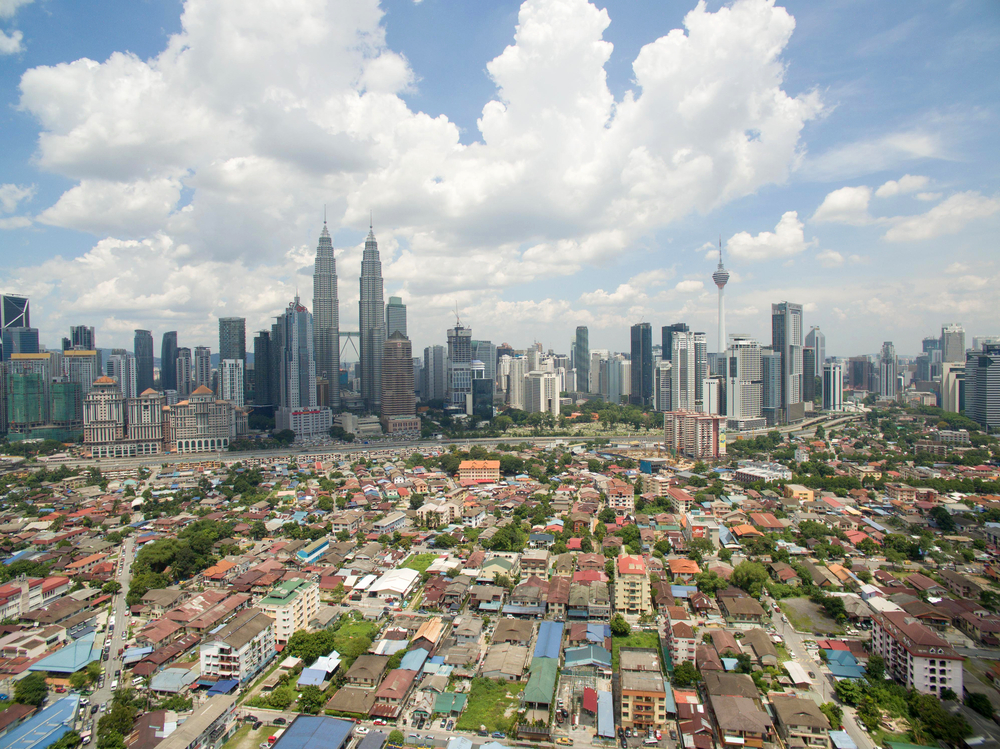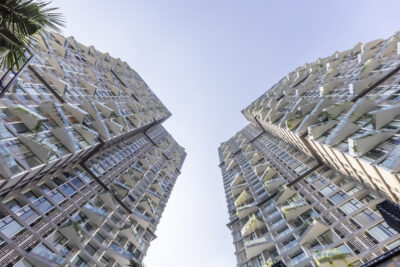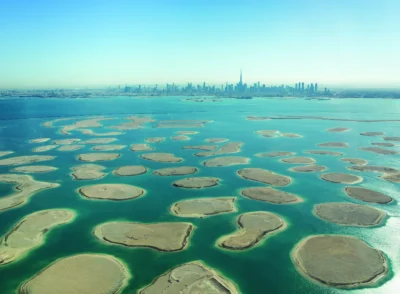Rising remote working leads Malaysians to migrate out of urban areas
PropertyGuru DataSense reveals that Malaysian homebuyers now prefer larger or more spacious units
According to The Sun Daily, Malaysians are relocating to semi-urban areas with many different views on the true driving force of the movement.
Subramaniam, vice-president at Association of Valuers, Property Managers, Estate Agents, and Property Consultants, attributes the rising trend to the significant drop in property prices from last year.
On the contrary, real estate agent Gan Boon How believes that the work-from-home (WFH) culture is the main driving force behind the migration out of town.
Subramaniam agreed that smaller towns like Rawang and Semenyih are gradually becoming sought-after places to live in, given that the prices are negotiable and much lower.
“Granted, prices have also dropped in cities. For instance, properties in Kuala Lumpur now cost 20 percent to 30 percent lower than they did last year. It’s no longer a seller’s market. It’s a buyer’s market,” he said.
He also acknowledged that the WFH culture produces evident benefits such as flexible work hours and extended time spent at home with loved ones.
However, he mentions that “perhaps it will become clearer next year” to say if the WFH arrangement has set a trend for urban to semi-urban relocation. “It’s obviously more difficult to sell a property when the economy has slowed down. Not many people are doing well, what with so many losing jobs or having their salaries reduced.”
Affordability, the availability of freehold land, and more spacious homes remain the top reasons why people are purchasing new homes in the outskirts.
Subramaniam added that in the future, people will demand home offices in every house, indicating the necessity for bigger homes. Hence, more have opted to move out of town, as larger houses or apartments are more affordable in semi-urban areas.
On the other hand, Gan attributes the migration to the flexibility afforded by the WFH trend, saying that, “With remote work likely here to stay, expect housing to adjust accordingly as working remotely may mean that people no longer need to live in cities to work at their offices.”
According to data released by PropertyGuru DataSense, the firm’s data analytics and solutions arm, homebuyers now favour larger or more spacious units, but in the MYR300,000 (USD72,402) to RM500,000 (USD120,670) price range.
More: Study reveals 90% of Malaysians consider sustainable living important
Joe Hock Thor, managing director at PropertyGuru Group, said the demand for larger, more spacious property has resulted in a shift towards terrace houses and properties in the fringes of city centres, driving up transactions in smaller townships in the first three months of this year.
The trend is likely to continue until the end of 2021 he said.
The Property Report editors wrote this article. For more information, email: [email protected].
Recommended
Dewan Architects’ Mohammed Adib leads with human-centred design and technological innovation in the Middle East and beyond
Mohammed Adib channels his childhood curiosity and dislike for design uniformity into his work at Dewan Architects + Engineers
UAE real estate shifts focus to sustainability and quality, revitalising iconic projects
The UAE has risen from its challenges to emerge as a more sustainable, quality-focused destination
Exploring A Life By Design’s maximalist approach to interior design
Andrea Savage is embracing the maximalist trend with bold and vibrant interior designs
Jakarta’s emerging innovation hub integrates tech and healthcare sectors
The Digital Hub in BSD City is being positioned as Indonesia’s counterpart to Silicon Valley









